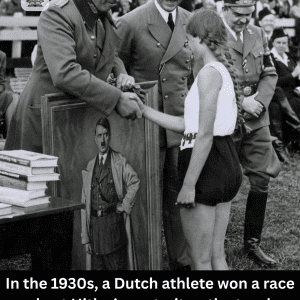On a quiet evening in 1895, in a small German laboratory, something unexpected happened. Physicist Wilhelm Conrad Röntgen had been experimenting with cathode rays when he noticed a peculiar glow across the room. It was coming from a fluorescent screen, even though it wasn’t in the direct path of his equipment. Something invisible was passing through space, lighting up the screen and it wasn’t like anything he had seen before.
What followed was not only a scientific breakthrough but a moment that would change the world of medicine, technology, and science forever.
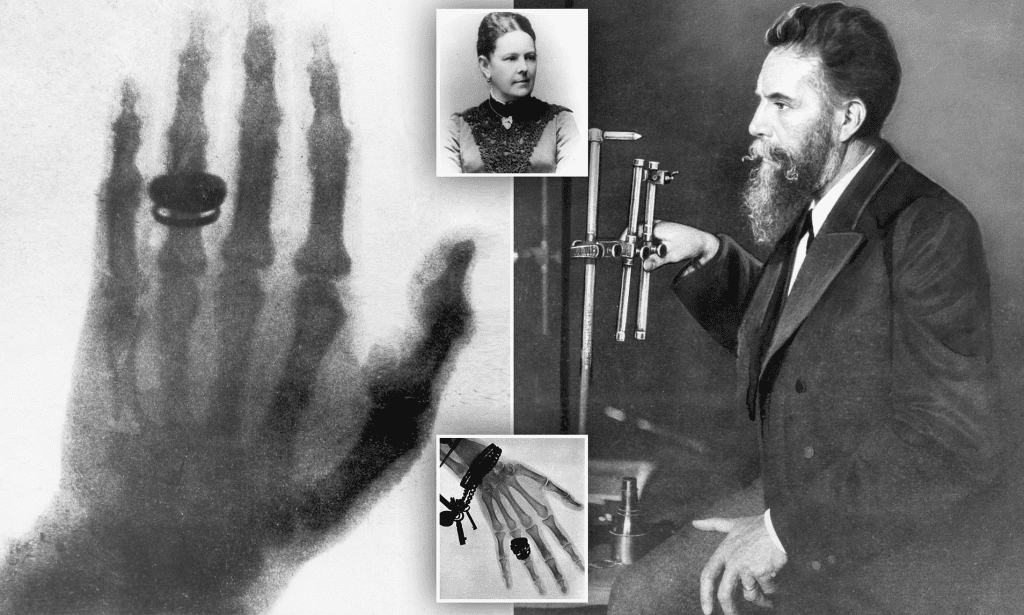
The First Human X-Ray
Driven by curiosity, Röntgen began testing these invisible rays on various objects. He placed metals, wood, and books between the source of the rays and the screen. Each time, he saw through the object, as if the rays ignored anything that wasn’t dense.
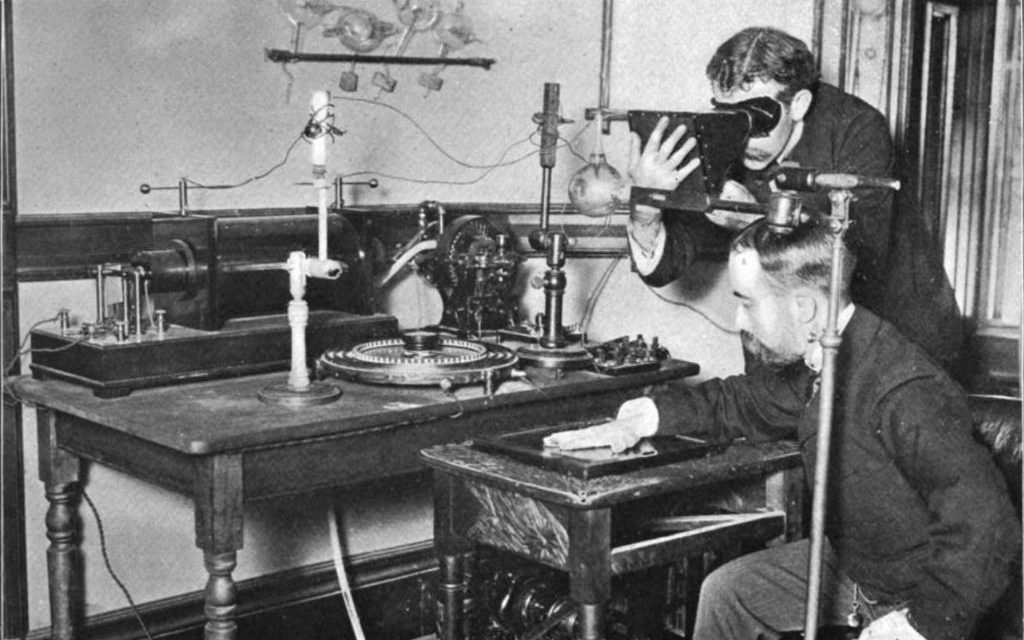
Then came a moment that would go down in history. Röntgen asked his wife, Anna Bertha, to place her hand between the mysterious rays and a photographic plate. When he developed the image, he was stunned. There on the film was the outline of her hand but more than that, the bones inside were clearly visible. A shadowy silhouette of her wedding ring also stood out starkly.
When Anna Bertha saw the eerie image, she whispered, “I have seen my death.” It was a haunting reaction, one that underscored how otherworldly the discovery seemed at the time.
Video:
Wilhelm Conrad Röntgen and the discovery of the X-rays
From Curiosity to Global Phenomenon
The unknown radiation, which Röntgen simply called “X-rays” (with “X” standing for the unknown), quickly captured the attention of scientists around the world. Within months, laboratories across Europe and the United States were experimenting with X-rays and finding new uses for them.
Doctors realized they could now see inside the human body without cutting it open. Bones, foreign objects, and even bullets could be visualized in minutes. What once required exploratory surgery could now be understood through a photograph.
The military embraced it. Hospitals embraced it. And surprisingly, even the commercial world found use for this exciting new tech.
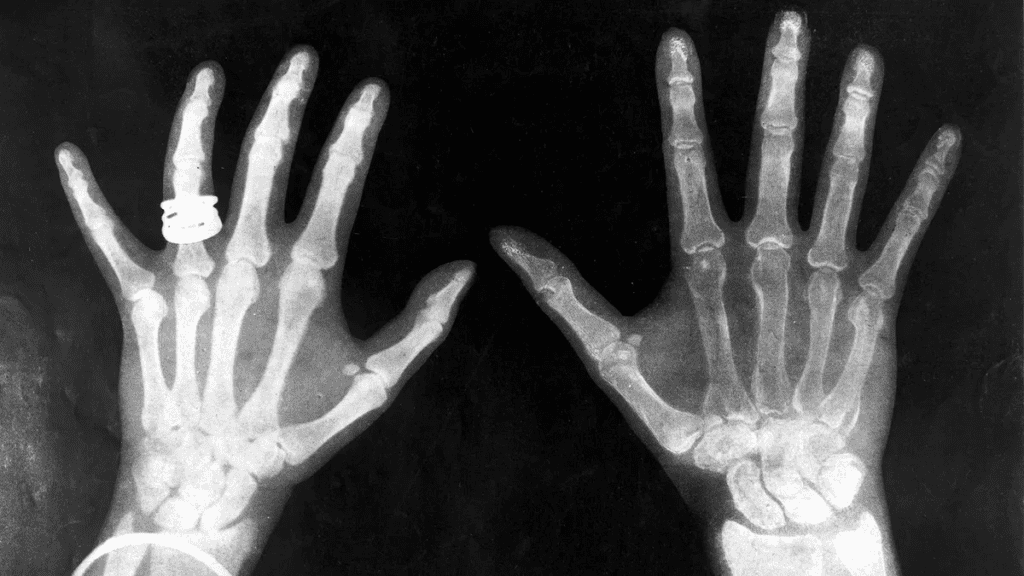
X-Rays in Shoe Stores and Strange Places
In the early 20th century, X-rays began popping up in places no one would expect. One of the most unusual was shoe stores. Retailers introduced “shoe-fitting fluoroscopes” that allowed customers to see the bones in their feet while trying on shoes. It was a novel and futuristic marketing gimmick.
Of course, safety protocols back then were nonexistent. Customers and employees were unknowingly exposed to high doses of radiation. What seemed like a clever selling point would later be recognized as a dangerous misuse of the technology.
This odd chapter in X-ray history serves as a reminder that even the most powerful discoveries need time and regulation to be fully understood.
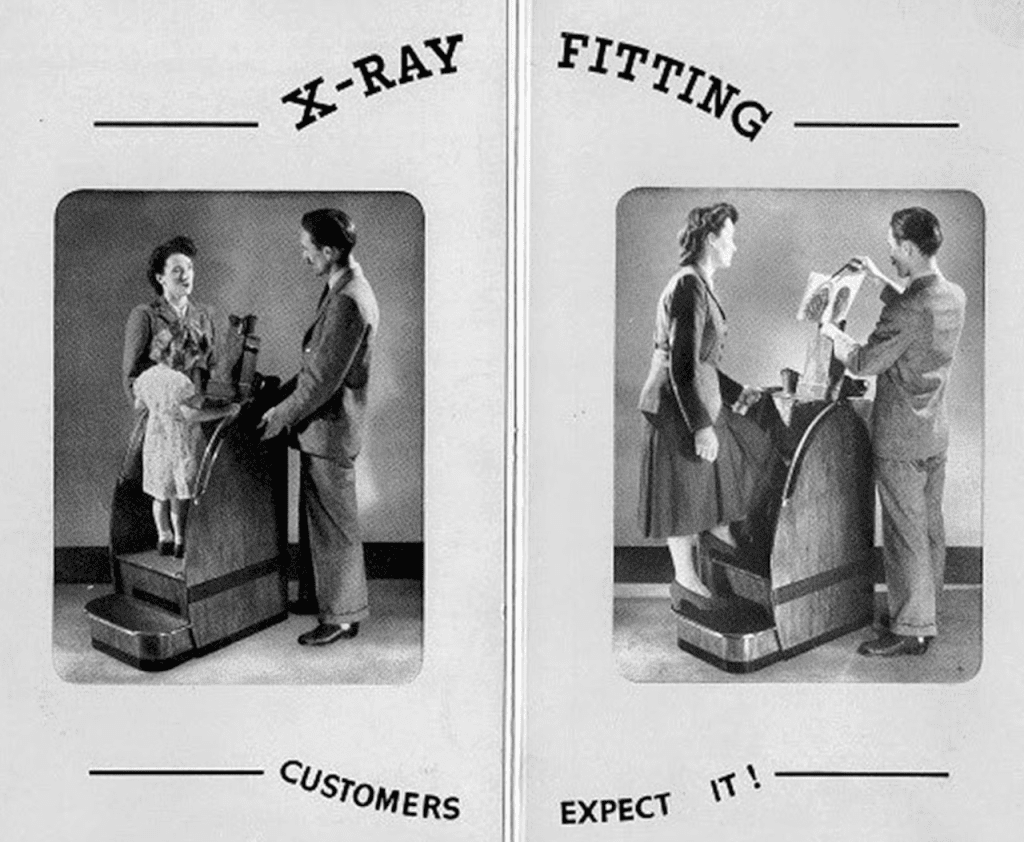
A Man of Integrity and Vision
While the world celebrated the new technology, Röntgen stayed grounded. Despite the potential fortune he could have made, he refused to patent his discovery. He believed the X-ray was a gift to humanity and should be freely available to benefit all.
Video:
How do X-rays work? | #aumsum #kids #science #education #children
This humility and dedication to science did not go unnoticed. In 1901, Röntgen became the first recipient of the Nobel Prize in Physics. His groundbreaking contribution set the foundation for medical imaging, radiation therapy, and even airport security systems today.
A Legacy That Lives On
X-rays are now part of everyday life. From emergency rooms to dentist offices, airports to engineering labs, they help us understand what’s hidden beneath the surface. And it all began in a dimly lit lab, with one man who noticed a glow in the dark.
What makes Wilhelm Röntgen’s story so powerful is not just the discovery itself, but the spirit behind it. He wasn’t chasing fame or wealth. He was chasing understanding, and in doing so, he illuminated more than bones—he lit up a new path for science, medicine, and the future.

Conclusion: One Discovery, Endless Impact
Röntgen’s accidental invention reshaped the way we view the world and ourselves. It taught us to look deeper, question the invisible, and use knowledge to heal. While his wife may have seen her own death in that first X-ray, the rest of the world saw the beginning of something extraordinary.
And perhaps that’s the real beauty of science—it often begins with a mystery, and ends with a miracle.
